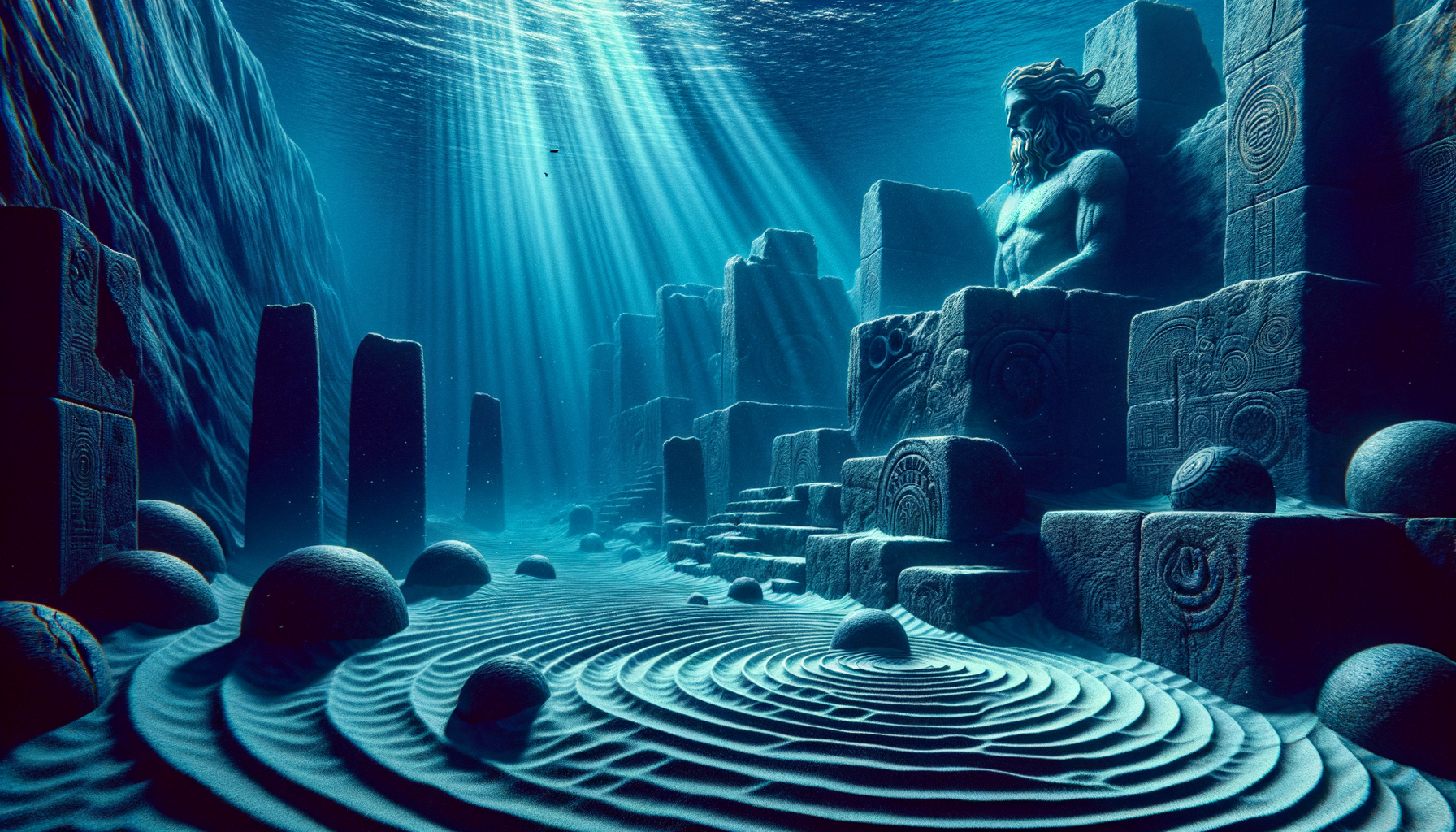Atlantis Found off Gibraltar? The Truth in Two Sentences
Short answer: No – there is no scientific proof that Atlantis has been found three kilometres off Cádiz.
But one filmmaker’s slick video, a conference for “alternative history,” and a set of mysterious concentric rings on the seafloor have been enough to reignite one of archaeology’s favourite legends—so let’s dive in and separate fact from fantasy.
The Big Reveal That Isn’t
When Spanish news site Diario AS ran the headline “Archaeologist claims he has found Atlantis two steps from Cádiz,” readers imagined bronze-age temples and Poseidon statues.
The source? Michael Donnellan, a U.S. documentary filmmaker and self-styled archaeologist, who announced at the 2025 Cosmic Summit in North Carolina that:
- Sonar scans show three concentric walls and canals—“exactly like Plato described.”
- The site lies two miles (≈3 km) off the Spanish coast.
- He has the video to prove it.
What didn’t make the splashy headlines was equally important:
- The conference is marketed to alternative history fans, not academic archaeologists.
- No peer-reviewed paper, no independent dive report, no carbon dating exists.
- Spain’s heritage authorities say they have not been asked for a permit, let alone verified the find.
How the Claim Unravels
| Claim | What the Fact-Check Found |
|---|---|
| “Sensation! Atlantis discovered.” | Inflated. Experts call the evidence unvetted and speculative. |
| “We have video proof.” | Partly true. Footage exists but remains unreleased to specialists and the public. |
| “Concentric rings = Plato’s city.” | Unproven. Could be natural sand ridges or later-age harbour works. No dating done. |
| “The scientific community is excited.” | Opposite. Scholars like Prof. Ken Feder see “red flags everywhere.” (LiveScience) |
A Pattern of “Lost City” Announcements
Donnellan is not the first to shout “Eureka!” in the Gulf of Cádiz. A quick timeline:
-
2011 — National Geographic Special
Underwater photos near Doñana marshes trigger Atlantis buzz; later dismissed as natural mud mounds. -
2018 — Merlin Burrows Team
Claims of “mega-ruins” south of Cádiz captivate tabloids; geologists find nothing but eroded sandstone. -
2025 — Donnellan’s Atlantica Project
New spot, same excitement, same lack of peer review—so far.
The rhythm is almost tidal: bold claim, viral clicks, quiet retraction.
Why Scientists Roll Their Eyes
Plato wrote about Atlantis around 360 BCE, likely as an allegory about hubris, not a travel guide. To convince modern archaeology, a discoverer must provide:
- Precise coordinates open to independent teams.
- Stratigraphic digs with artefacts datable to Plato’s time frame (~1200 BCE or earlier).
- Peer-reviewed publication so other specialists can poke holes.
Donnellan meets none of these standards—yet.
What Might Be on the Seafloor?
Geologists suggest three mundane possibilities:
- Sand-wave formations sculpted by strong Atlantic currents.
- Remnants of Roman-era fish farms or harbour structures; Cádiz is among Europe’s oldest ports.
- Cold-war debris—sonar often picks up 20th-century junk long before it finds Bronze-Age palaces.
Until dredged, dated and documented, the rings are simply intriguing sonar blips.
How We Verified (and What We Still Don’t Know)
Our process:
- Cross-read Spanish, U.S. and U.K. news coverage.
- Checked speaker lists and videos on CosmicSummit.com.
- Asked marine-archaeology scholars for comment; none had seen raw data.
- Reviewed prior “Atlantis near Cádiz” cases on IFLScience and LiveScience.
Still unknown:
• Exact coordinates—Donnellan won’t share, citing “site protection.”
• Geological core samples—none taken.
• Funding and methodology—unclear beyond a small private team.
The Take-Away
Yes, someone claims to have found Atlantis.
No, it hasn’t been scientifically verified, and history says it probably won’t be.
So next time you see “Sensation!” in your feed, remember:
- Extraordinary claims need extraordinary—and public—evidence.
- A slick trailer is not a peer-reviewed paper.
- Legends are immortal partly because they remain just out of reach.
Until a scuba crew emerges with dated artefacts and an academic report, Atlantis will stay where it has thrived for 2,400 years: on the hazy border between myth and wishful thinking.
